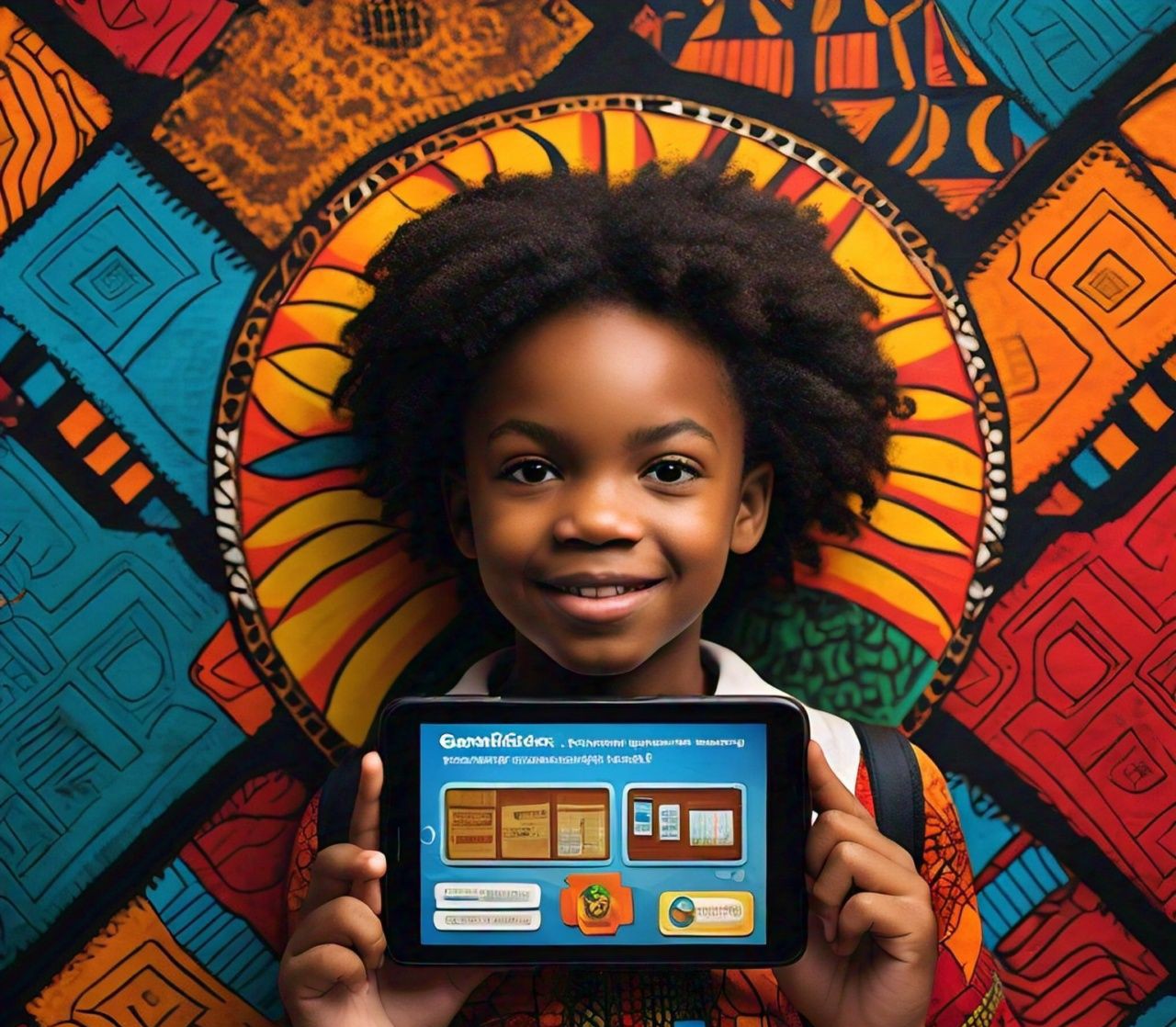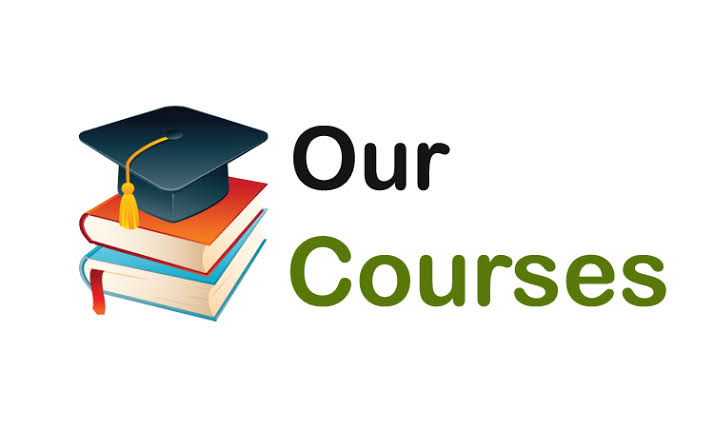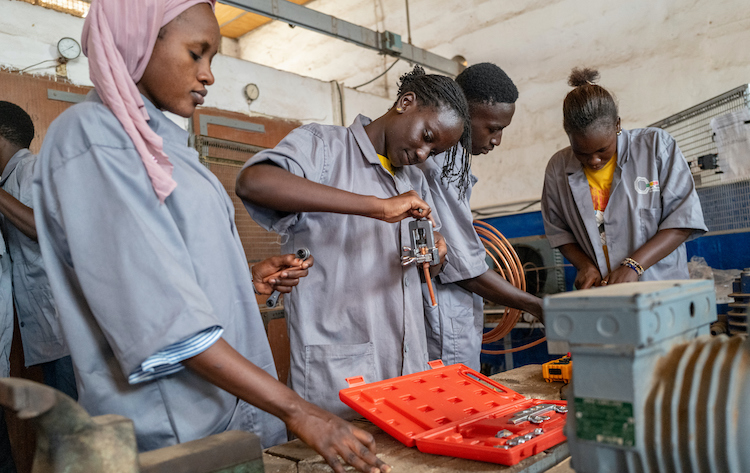Gamification refers to the incorporation of elements typically found in games, such as point systems, challenges, and rewards, into non-game contexts like education. In recent years, the integration of gamification into educational settings has gained significant attention and traction.
This approach leverages the motivational and engaging qualities of games to enhance learning experiences and outcomes in the classroom.
Gamification holds several potential benefits for education. Firstly, it can greatly enhance student engagement. By introducing elements of play and competition, students become more motivated to participate actively in lessons and assignments. Gamification also promotes a sense of autonomy and mastery as students progress through challenges and earn rewards based on their performance. Moreover, it fosters collaboration and teamwork, as many gamified activities require students to work together towards common goals. Additionally, gamification can make learning more memorable and enjoyable, leading to improved retention of knowledge and skills.
One of the key objectives of gamification in education is to improve learning outcomes. By incorporating game-like elements, educators can create immersive learning experiences that cater to different learning styles and preferences. For instance, quizzes presented as interactive games can help reinforce concepts and provide instant feedback to students. Furthermore, gamification encourages continuous learning and problem-solving skills, as students often need to strategise and adapt to succeed in various tasks.
There are numerous strategies for implementing gamification in the classroom. Point systems and leaderboards can be used to track progress and foster healthy competition among students. Badges and achievements can be awarded for completing tasks or mastering specific skills, providing tangible recognition for accomplishments.
Role-playing activities and simulations can immerse students in real-world scenarios, making learning more practical and applicable. Storytelling and narrative-based approaches can also be employed to create engaging educational experiences.
Despite its potential benefits, gamification in education also faces certain challenges. Designing effective gamified experiences requires careful planning and consideration of educational objectives.
Moreover, educators must ensure that gamification does not overshadow the core content and learning goals. Additionally, not all students may respond positively to gamified approaches, highlighting the importance of flexibility and adaptability in implementation.
Successful implementation of gamification in the classroom involves a few best practices. Firstly, educators should align gamified activities with curriculum objectives to ensure relevance and educational value. Clear instructions and guidelines should be provided to students to avoid confusion or frustration.
Furthermore, ongoing assessment and feedback mechanisms can help refine gamified experiences based on student engagement and performance. Lastly, educators should continuously evaluate the impact of gamification on learning outcomes and adjust strategies accordingly.
Getting a child’s attention often involves engaging them in activities or topics they find interesting. You can use colorful visuals, interactive toys, or playful gestures to capture their curiosity. Speaking in a lively tone and making eye contact can also help establish a connection. And don’t forget to be patient and listen attentively to what they have to say! Here are some examples:
1. Use toys or objects that make sounds or light up to grab their attention, like a musical instrument or a flashing toy.
2. Incorporate their favorite characters or themes into activities, such as playing with superhero action figures or princess dolls.
3. Tell a captivating story with animated gestures and voices, or read a colorful picture book with engaging illustrations.
4. Play interactive games that involve movement, such as Simon Says or a simple game of catch.
5. Use sensory activities like finger painting or playing with kinetic sand to stimulate their curiosity and focus.
6. Ask open-ended questions about their interests or experiences to encourage conversation and active participation.
Gamification has emerged as a promising tool for transforming traditional education into dynamic and engaging experiences. By harnessing the motivational power of games, educators can create immersive learning environments that promote active participation, collaboration, and skill development. While challenges exist in the implementation of gamification, careful planning and consideration of best practices can maximise its potential benefits in enhancing educational outcomes.
Ultimately, gamification represents a creative approach to education that can inspire and empower students on their learning journey.











